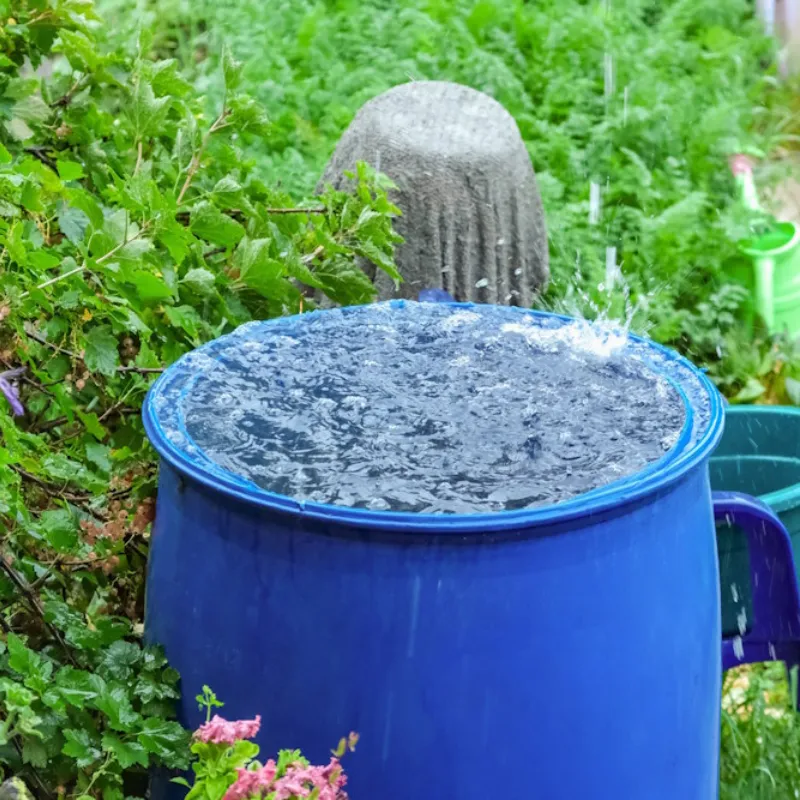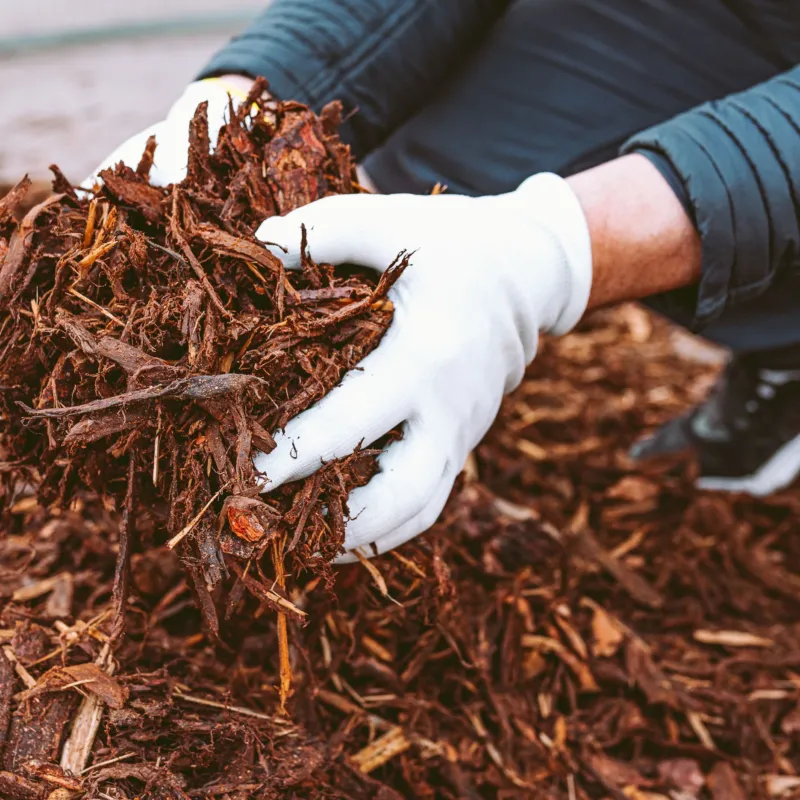How to avoid overwatering your plants
Gardens need plenty of TLC to keep them luscious and healthy, and watering is a prime caregiving responsibility for your beloved plants. However, maintaining the right amount of water for your plants at the right time and in optimum quantities is a delicate procedure. It can be very easy to over or underwater your plants. Find out how you can avoid overwatering your plants with a few simple tips and tricks.
Know your plants' watering requirements
First and foremost, every plant has different watering requirements. Some are extremely thirsty, so require consistent moisture in the soil. Others are more drought-tolerant and would prefer dry periods and infrequent watering instead. Knowing which of your plants is which, is paramount to avoid overwatering them.
For example, shrubs like Lavandula (Lavender) hailing from the Mediterranean don’t require constant heavy watering, nor do plants like Euphorbia, Heuchera, Verbena or Tropaeolum (Nasturtium). On the other hand, plants that are particularly fond of wet soils include Magnolia grandiflora, Viburnum opulus, Astilbe, and Hosta. Make sure you check the label when you purchase your plant or ask for advice from the garden centre as you purchase your plant to get the best guide to avoid overwatering.
You may be trying to figure out if your plant has symptoms of overwatering or underwatering. The best way to identify overwatering in plants includes simply checking the soil. For most plants, it should be lightly moist, and your fingers shouldn’t come away wet. Leaves turn yellow, limp, and eventually drop completely. Succulent-type plants will have overly squishy leaves. For all plants, you may also notice an unpleasant damp smell near your plants too.
As the seasons change, the amount of watering you do should adjust too. Over the summer, plants require the highest frequency of watering, thanks to the hotter, drier conditions. In the winter, however, it is colder and wetter, and many plants go into a dormant state, so aren’t actively growing. Excess watering at this point, would not benefit your plants.
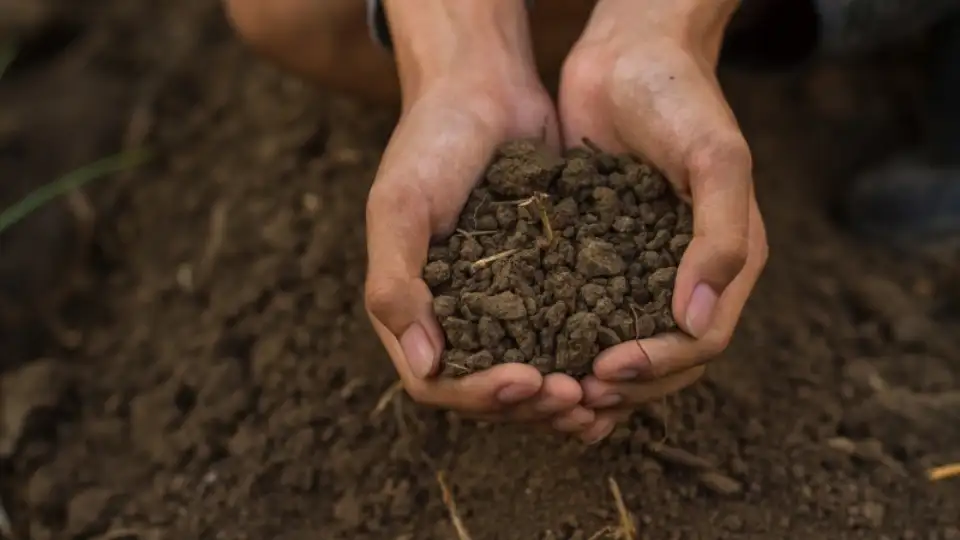
How to avoid overwatering bedding plants
It is much harder to overwater bedding plants, as they have a much higher capacity to allow the excess to drain away. However, if you have heavier, clay-like soil in your garden, it retains moisture for much longer. This may not be ideal for drought-tolerant plants and may require some attention. You may choose to dig in some grit into the soil, which will help to improve the capacity for drainage, which is better for your plants.
Applying mulch to your bedding plants is another great way to avoid overwatering. A mulch helps to prevent water escaping from your plants by evaporation, so reduces your need to water as regularly. This way, you don’t need to attend to your plants as regularly, avoiding the risk of overwatering taking place.
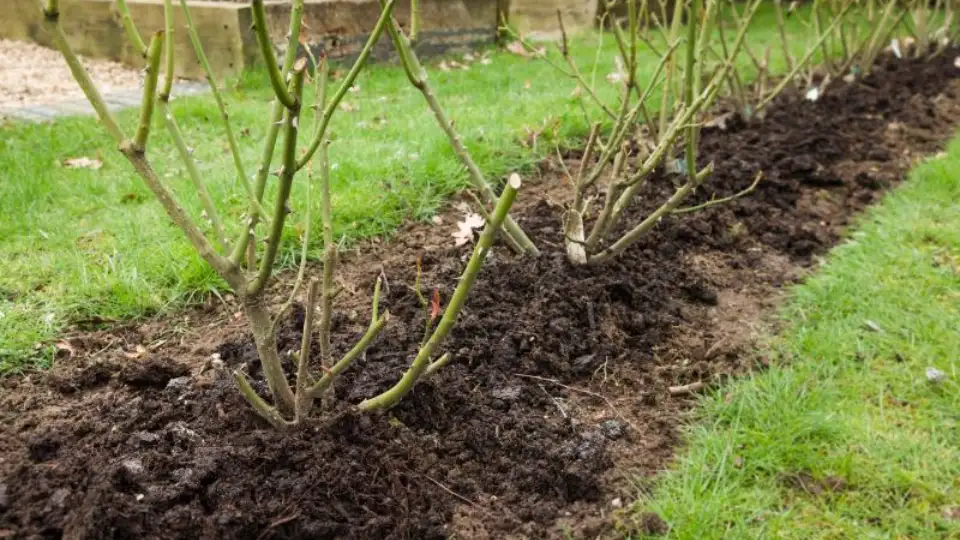
How to avoid overwatering container plants
Generally, container plants need watering more regularly than bedding plants, as they don’t have as readily a supply of water in the soil to access. However, it is still easy to overwater these plants too.
Checking the soil with your finger works well for both container and bedding plants. If it feels quite moist, watering is not necessary. If it feels dry to the touch, depending on your plants, some additional watering may be necessary.
Make sure your container has appropriate drainage holes. Without them, any excess water will build up in your containers, unable to drain away. This will result in too much water within the container, which won’t be the best for your plants and may lead to root rot. Alongside this, adding pot feet, which you can buy at your local garden centre or make your own with wine corks, will also aid drainage, allowing the water space to escape your containers.
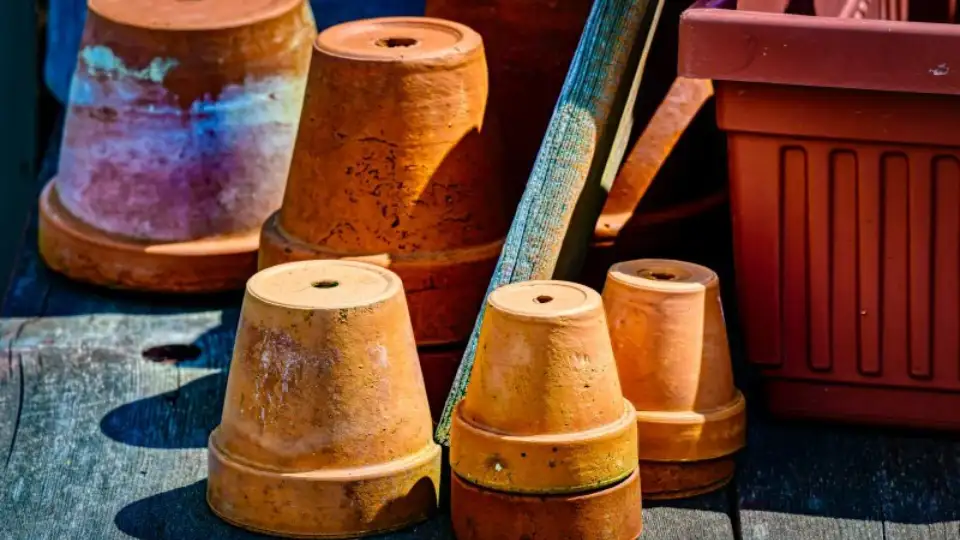
Irrigatia Automatic Drip-Irrigation Kits
One of the best ways to ensure you aren’t overwatering your plants, is to suit the seasonal and weather conditions with an automatic drip irrigation system. Irrigatia kits are wonderfully designed to make sure that the weather is the key guide, being powered by solar energy, which also acts as an indicator as to whether watering is needed. Less sunlight simply means less watering is necessary, and vice versa.
And drip irrigation systems mean that your plants have consistent water, without having too much water at once. By simply dripping water into the soil regularly when the sun is out, they have constant, optimum water levels always. And with the handy controller on the side of the kit, you can increase or decrease the frequency of the drippers, to suit your plants, depending on whether they are drought tolerant or prefer wetter conditions.
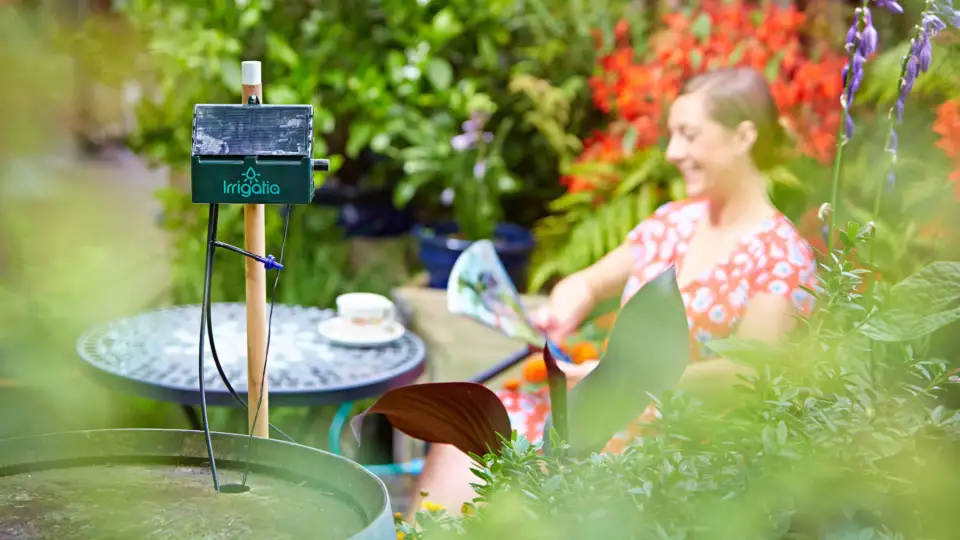
Giving your plants the optimum amount of water to keep them healthy is easily done with a few simple steps. But by installing an Irrigatia drip-irrigation kit, you can hand over the responsibility to the weather, and ensure your plants consistently have the perfect amount of water.


